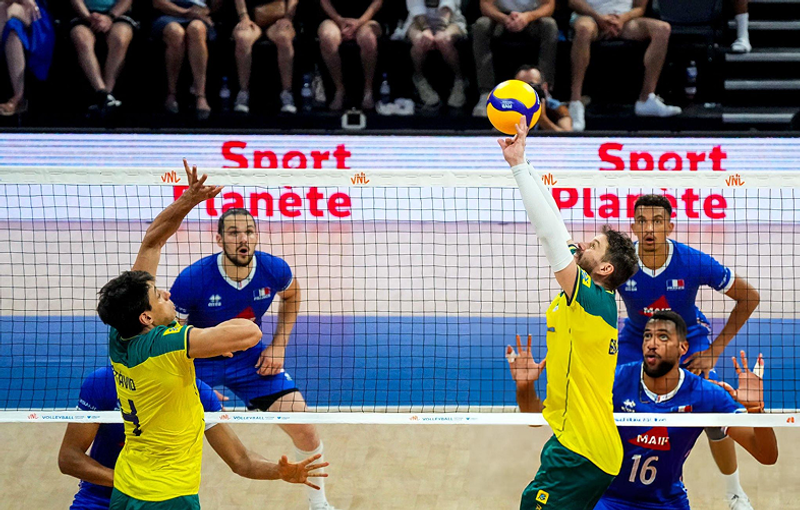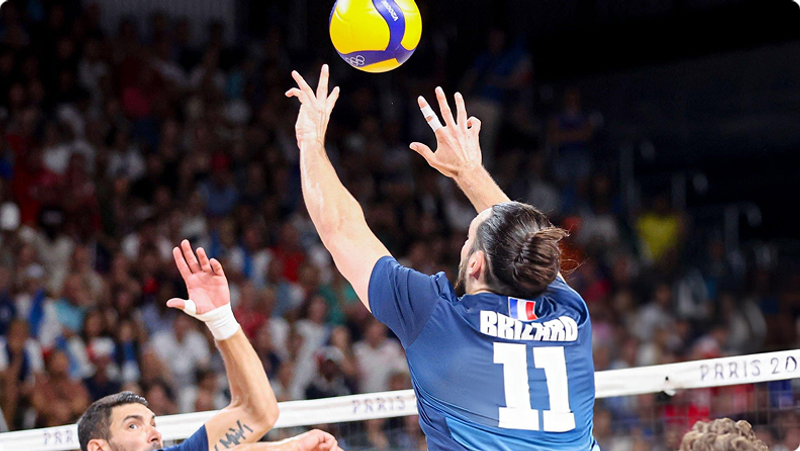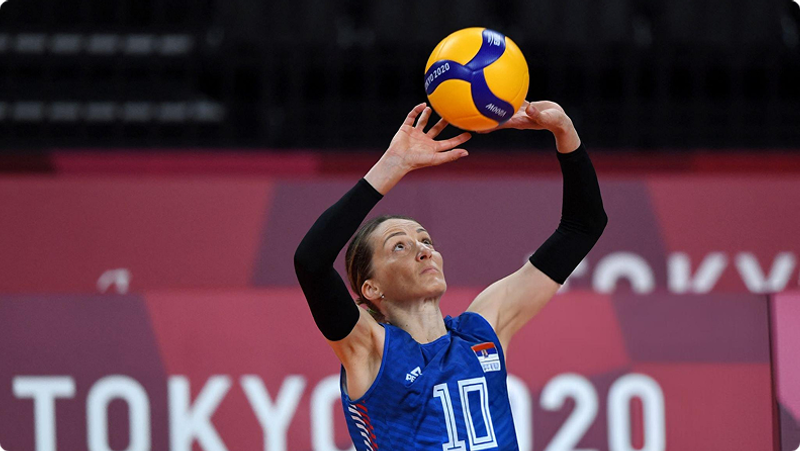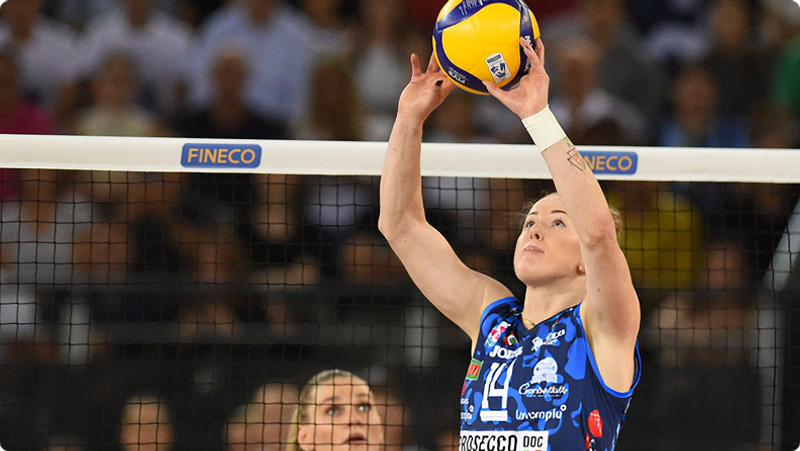
Why the Volleyball Setter is the Most Important Position (Explained)

Matt Nikishin
•
6th August, 2025
What does a setter do in volleyball?
The setter is often referred to as the “brain” of the volleyball team—and for good reason. A setter’s job is to deliver the perfect ball to attackers, make quick decisions in real-time, and coordinate every offensive play. Without an elite setter, even the strongest team can fall apart.
Core Responsibilities of a Volleyball Setter:
- Control the team’s offense by choosing who gets set 🧠
- Read the opposing defense and adjust plays on the fly 🚀
- Distribute the ball with accuracy and timing ⏱️
- Lead communication and in-game strategies 🗣️
Let’s break down the setter’s duties and why their impact is crucial to a volleyball team’s success.
Running the Offense with Precision

Setters are the playmakers. Every offensive rally begins with a pass to the setter, and from there, it’s their job to quickly set up a teammate for a spike or surprise the opponent with a smart dump.
Setter Offensive Duties:
- Execute quick sets, high balls, or back sets
- Maintain perfect ball height, spin, and speed
- Make instant decisions based on blockers' positioning
- Use deception and fake sets to confuse defenders
Setters are like quarterbacks—they call the plays and need razor-sharp awareness, vision, and court control.
Decision-Making Under Pressure

Great Setters Excel at:
- Reading blockers and adjusting sets mid-play
- Making fast decisions with multiple hitting options available
- Communicating with hitters to maximize offensive output
- Handling high-pressure points with confidence
The best setters stay calm in chaos, whether they’re on match point or in a heated rally. Their composure is a major reason why they’re so valuable.
Leadership On and Off the Court
The setter is more than a technician—they’re also a team leader.
Leadership Traits of Elite Setters:
- Motivates teammates and keeps energy high
- Acts as a bridge between coach and players
- Leads strategy discussions and communicates during timeouts
- Takes accountability for setting errors or misplays
A good setter lifts their team even during tough moments, driving momentum and unity.
Key Physical and Mental Attributes of a Great Setter

To master setting, athletes need a combination of physical finesse and mental sharpness.
Must-Have Setter Traits:
- Quick hands and precise footwork
- High vertical jump for net plays
- Strong core and shoulder strength
- Exceptional court vision and awareness
- Split-second decision-making under pressure
These traits allow setters to deliver high-quality sets, even off broken plays or tight passes.
Training Tips to Become a Better Volleyball Setter

To level up as a setter, targeted training is essential.
Setter Training Focus Areas:
- Hand drills for quick and accurate releases
- Footwork patterns for better balance and movement
- Setting reps from different court positions
- Game simulations with various attacker types
- Video review to identify setting tendencies and improve decision-making
Consistent repetition and feedback from coaches help setters refine their mechanics and confidence.
Common Mistakes Volleyball Setters Should Avoid

Even experienced setters make errors. Being aware of the most common ones can help you avoid them.
Common Setter Mistakes:
- Holding the ball too long, leading to double touches
- Forcing sets to specific hitters instead of reading the play
- Poor communication or lack of eye contact with hitters
- Predictable setting patterns that defenders read easily
Improving consistency and variety will make a setter more unpredictable—and harder to stop.
Conclusion: Why the Volleyball Setter is Irreplaceable
Setters are the strategists, leaders, and tone-setters of every team. From calling plays to creating scoring chances, their role is essential for any team striving for victory.
Whether you’re an aspiring player or a coach developing team systems, remember:
The setter is the difference between good and great volleyball
